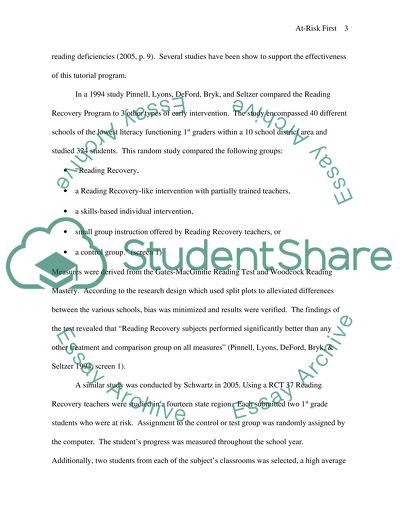Cite this document
(“At Risk First Graders in Literacy and Writing: Literature Review Essay”, n.d.)
At Risk First Graders in Literacy and Writing: Literature Review Essay. Retrieved from https://studentshare.org/miscellaneous/1521717-at-risk-first-graders-in-literacy-and-writing-literature-review
At Risk First Graders in Literacy and Writing: Literature Review Essay. Retrieved from https://studentshare.org/miscellaneous/1521717-at-risk-first-graders-in-literacy-and-writing-literature-review
(At Risk First Graders in Literacy and Writing: Literature Review Essay)
At Risk First Graders in Literacy and Writing: Literature Review Essay. https://studentshare.org/miscellaneous/1521717-at-risk-first-graders-in-literacy-and-writing-literature-review.
At Risk First Graders in Literacy and Writing: Literature Review Essay. https://studentshare.org/miscellaneous/1521717-at-risk-first-graders-in-literacy-and-writing-literature-review.
“At Risk First Graders in Literacy and Writing: Literature Review Essay”, n.d. https://studentshare.org/miscellaneous/1521717-at-risk-first-graders-in-literacy-and-writing-literature-review.


